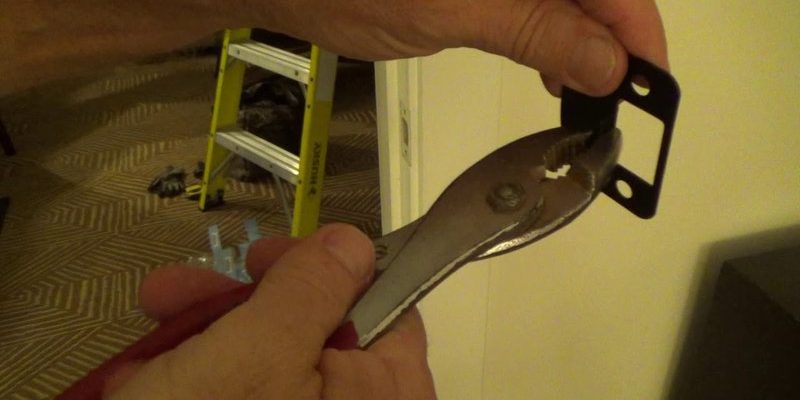
Fixing a door that lifts when closing may sound like a daunting task, but it’s much simpler than it seems. We’ll walk through how to adjust the strike plate and get back on track. Whether you’re dealing with a wooden door in your home or a heavy-duty door at the office, these tips apply universally. Let’s dive in!
Understanding the Problem
Before we jump into adjustments, let’s quickly figure out why your door lifts when closing. Picture a doorframe as a line that should stay straight. Over time, doors can shift—this might be due to changes in humidity, regular use, or even settling of the house. When this happens, the latch may not line up with the strike plate, causing the door to lift awkwardly.
When the door lifts, it creates a gap where the latch is supposed to catch. This not only affects the door’s security but also can lead to wear and tear. Being able to close a door smoothly is key to easy living. So, understanding how the strike plate plays a role in this is crucial.
Gather Your Tools
Before we get our hands dirty, let’s gather what you’ll need. Having the right tools makes this process smoother. Here’s a simple list:
- Screwdriver: A Phillips or flathead screwdriver, depending on your screws.
- Wood filler: In case you need to fill old screw holes.
- Measuring tape: This helps ensure everything lines up correctly.
- Level: To check if your door is hanging straight.
Once you have your tools together, you’re ready for the next step. Remember, even if you’re not a handyman, these tools are pretty basic. You might already have them under your sink or in the garage.
Inspect the Door Alignment
Now that you’re set, let’s inspect the door alignment. Close the door slowly and watch how it interacts with the frame. Is it lifting at the bottom corner, or is it just slightly out of line? Use your level to confirm. If it’s tilted, that’s likely your issue.
You might also want to look at the hinges. Sometimes, a misaligned hinge can cause the door to hang improperly. If any screws are loose, it may be a simple fix to tighten them up. By checking these elements first, you can pinpoint exactly where the alignment problem lies.
Adjusting the Strike Plate
Here’s the main event: adjusting the strike plate! Start by removing the screws that hold the strike plate in place. Once you do, it might be a little stuck, so gently pry it off with your screwdriver. Now, take a close look at where it was installed. Is it too high or too low?
Here’s a little trick: If the door is lifting at the latch, you might want to move the strike plate down slightly. Reposition it in a way that the latch can easily catch when the door closes. Reinsert the screws but don’t tighten them fully just yet. This allows for some wiggle room as you align everything.
Testing the Alignment
After adjusting the strike plate, it’s time to test the door. Close it slowly, paying attention to how the latch fits into the newly adjusted strike plate. Does it catch? Does the door lift? If it still lifts, you may need to make more adjustments.
Consider the door’s weight and whether it’s settled over time. If there’s still an issue, you might need to adjust the hinges as well. Sometimes, a little tweaking of the hinges can align the door perfectly and eliminate that pesky lift.
Final Touches and Reassembly
Once you’re satisfied with the alignment, it’s time to tighten everything up. Go back and ensure that all the screws are secure. If you had to fill any old screw holes with wood filler, now’s the time to sand it down for a smooth finish.
After everything is tightly assembled, you might want to give the door one final close to see how it feels. If you’ve followed along correctly, you should notice that it closes without lifting. If it feels right, congratulations! You’ve just fixed your door.
Preventing Future Issues
Now that you’ve mastered the strike plate adjustment, there are steps you can take to prevent future problems. Regularly check your door’s alignment, especially during seasons that bring humidity or extreme temperature changes.
Keep hinges lubricated and consider using a door stop to prevent it from swinging too wide. It’s the little preventative measures that can save you from more adjusting down the road.
Dealing with a door that lifts when closing is a common yet fixable issue. By following these steps to adjust the strike plate, you can easily keep your door functioning smoothly. Remember to check the alignment and gather your tools before starting.
With a little patience and care, you can ensure your door closes just right every time. So, next time you encounter a stubborn door, you won’t have to call in help. Just trust your skills and tackle the problem head-on!
